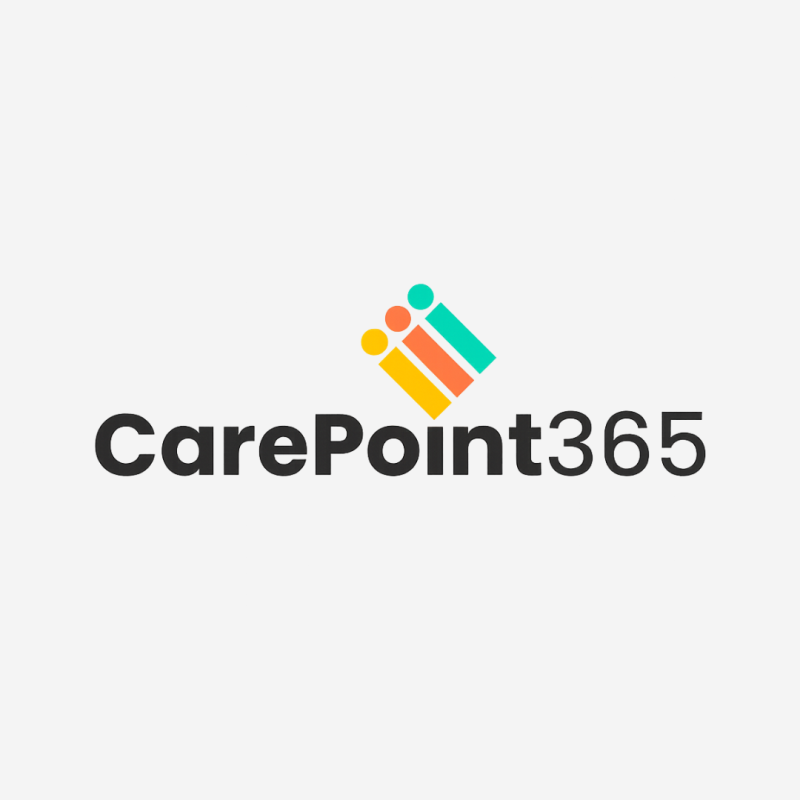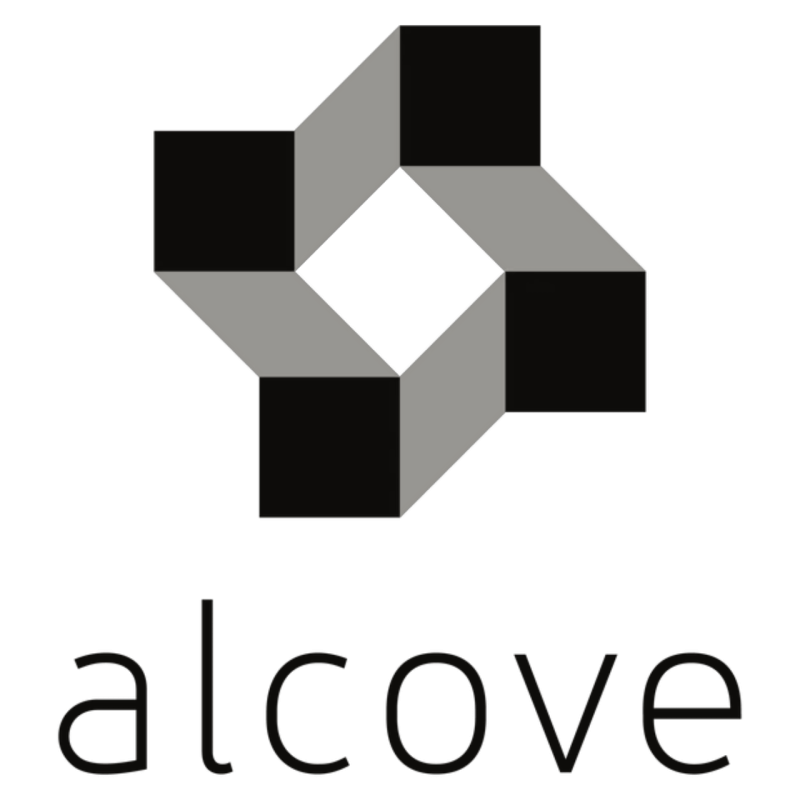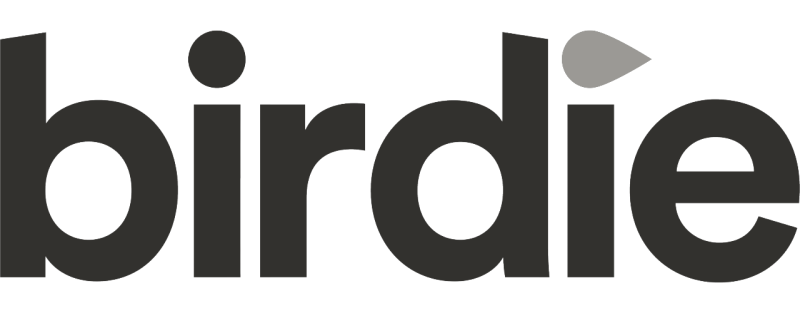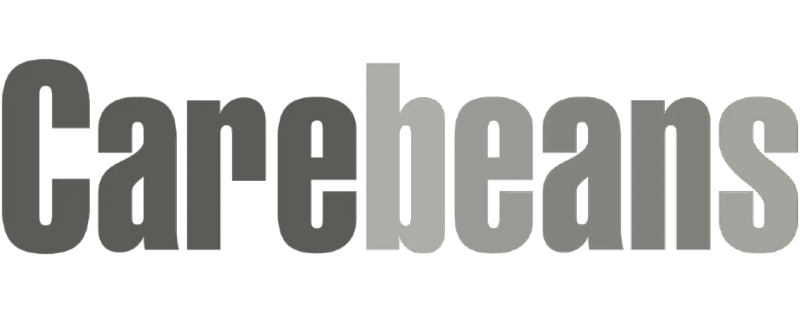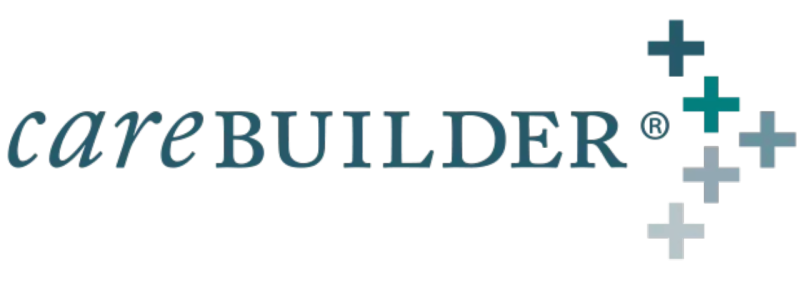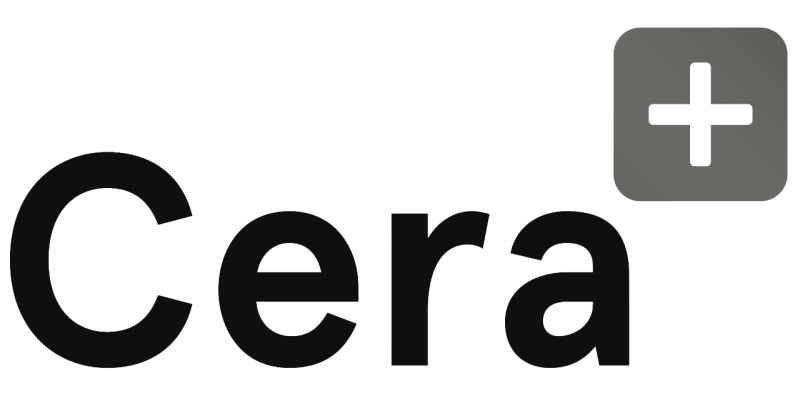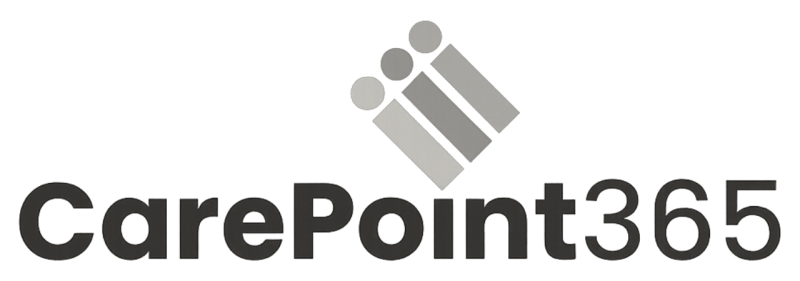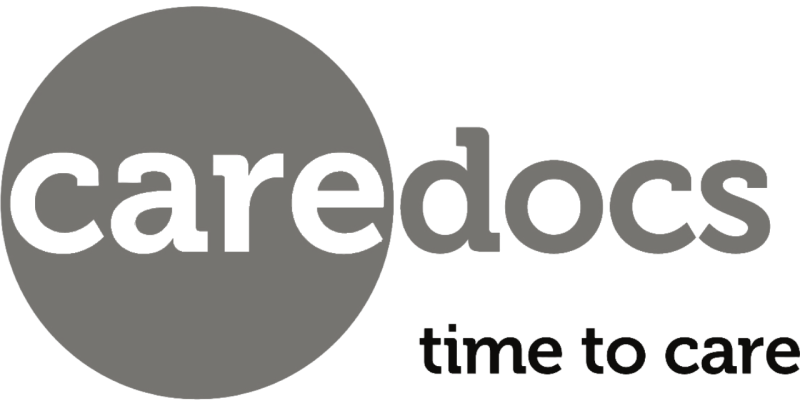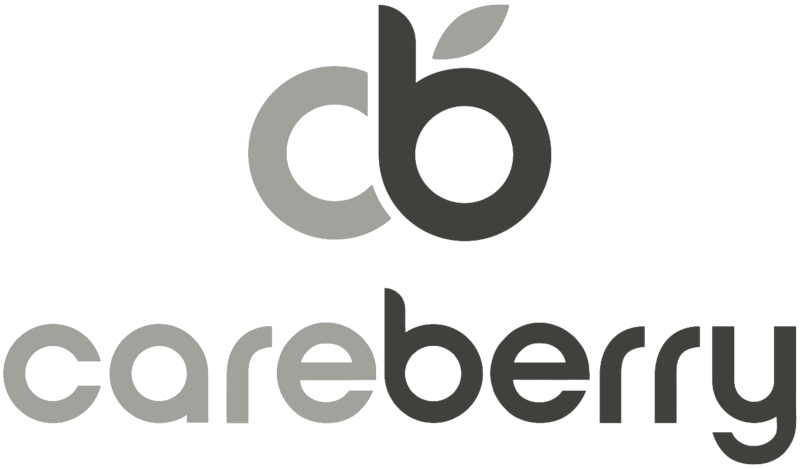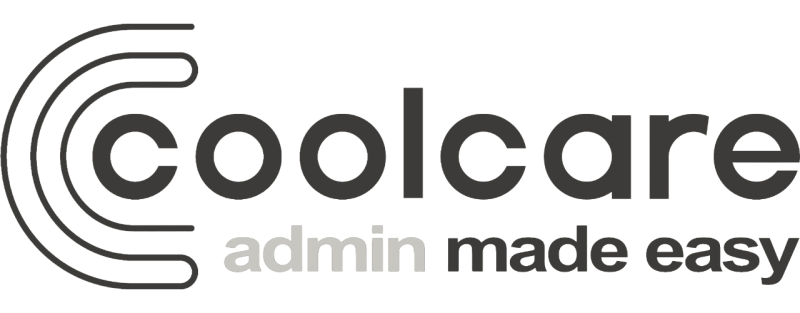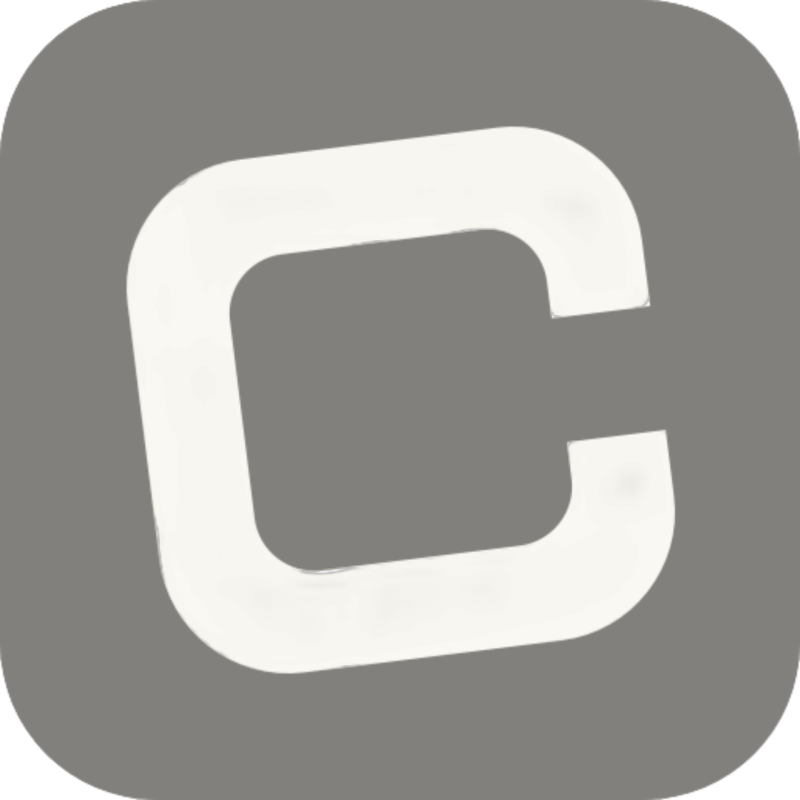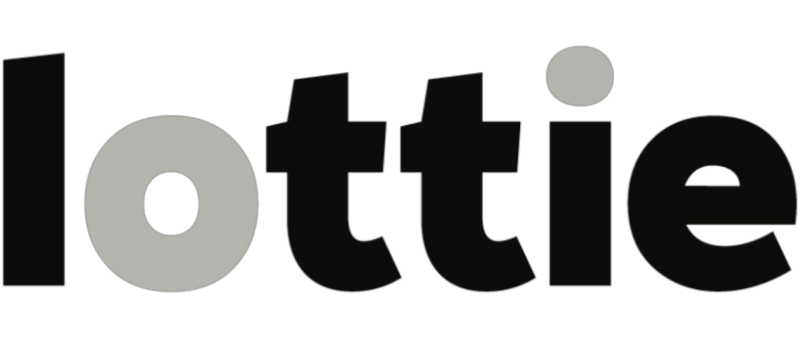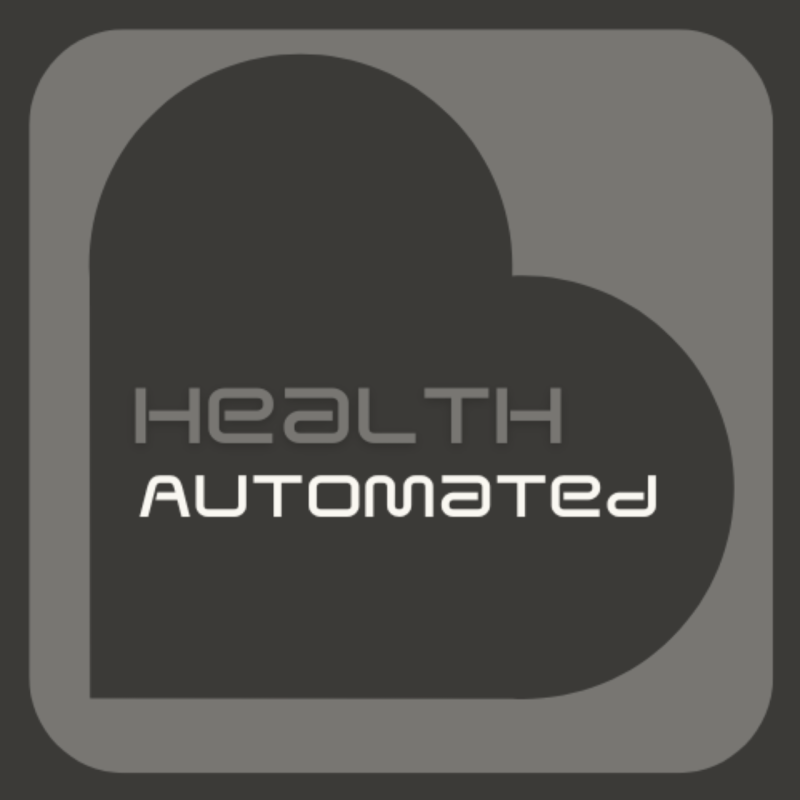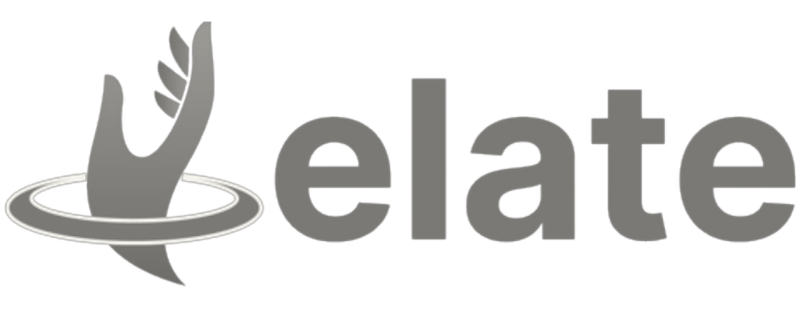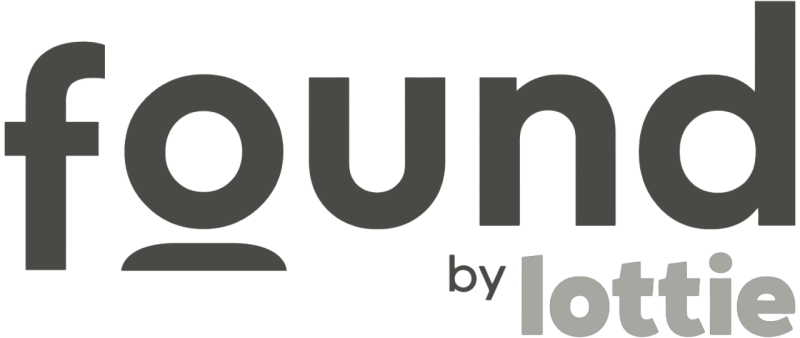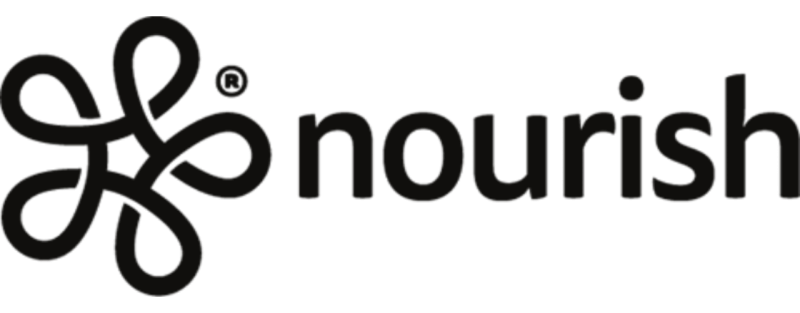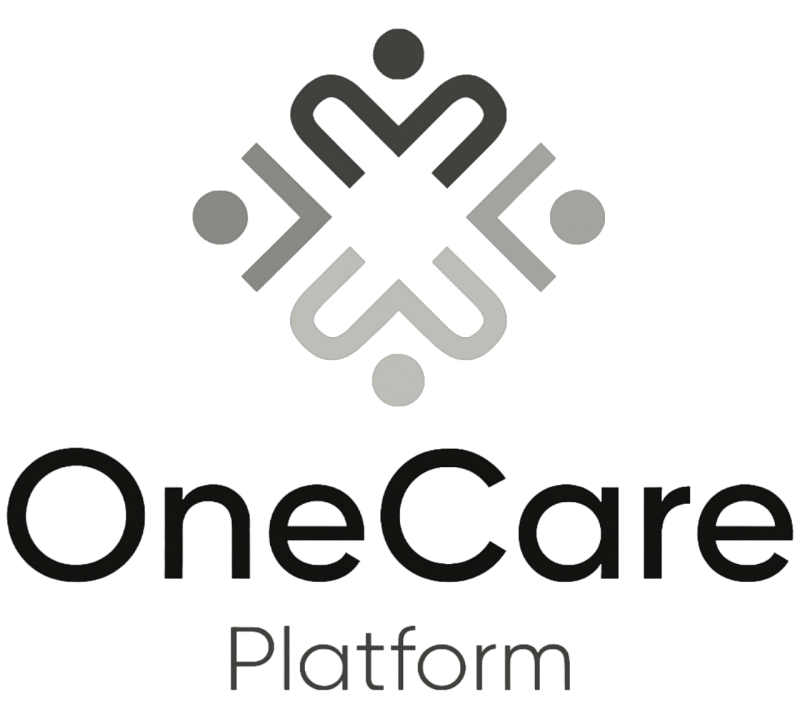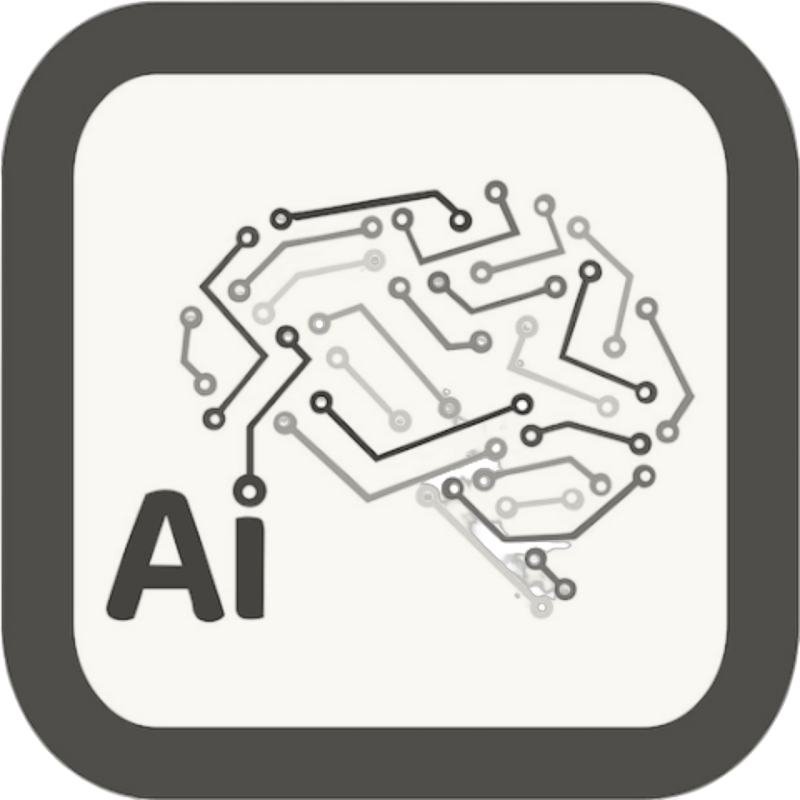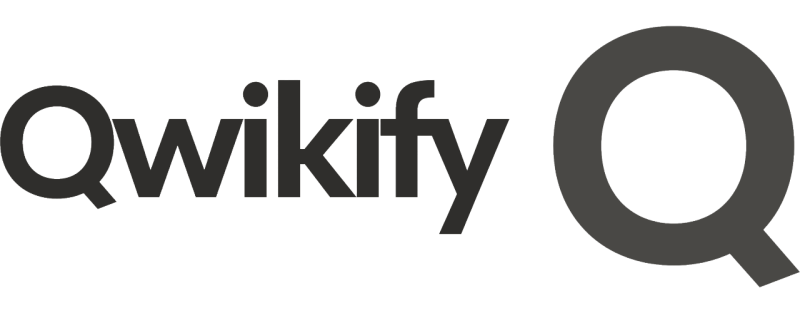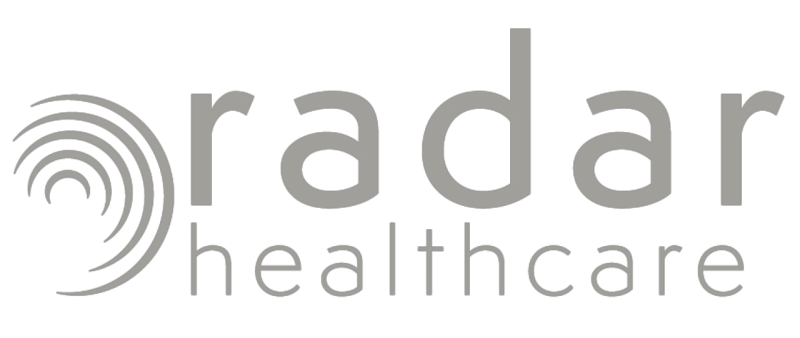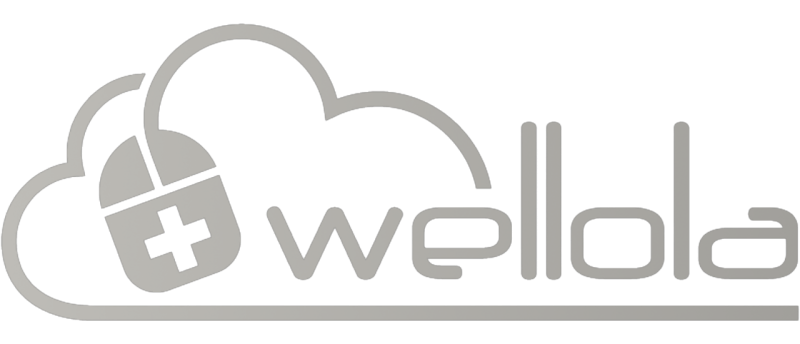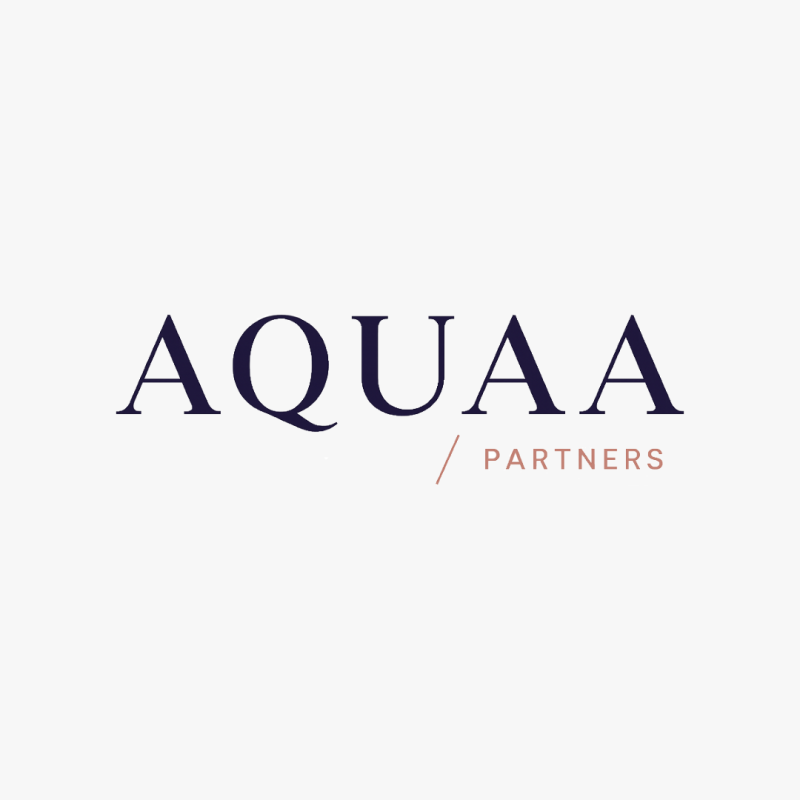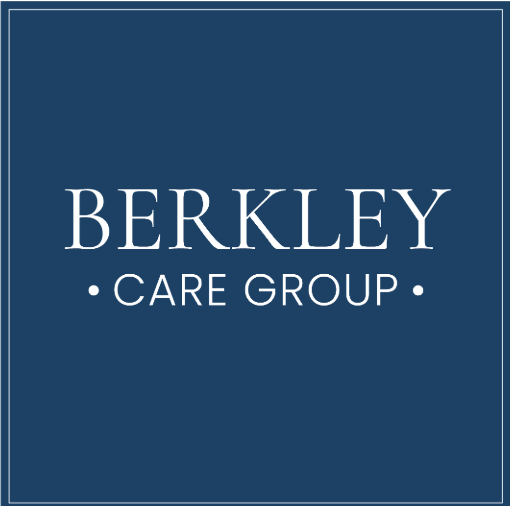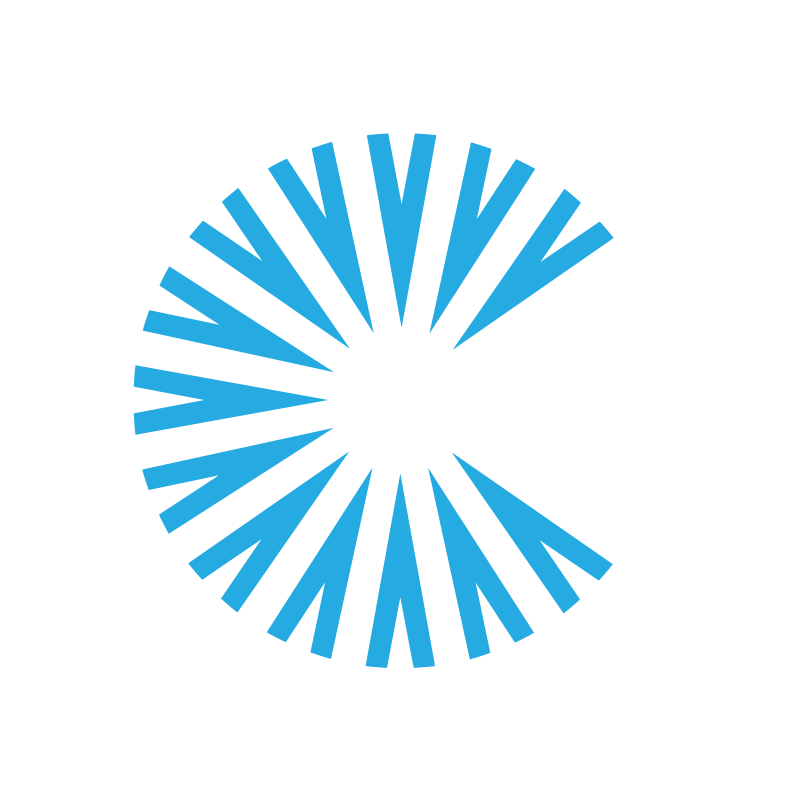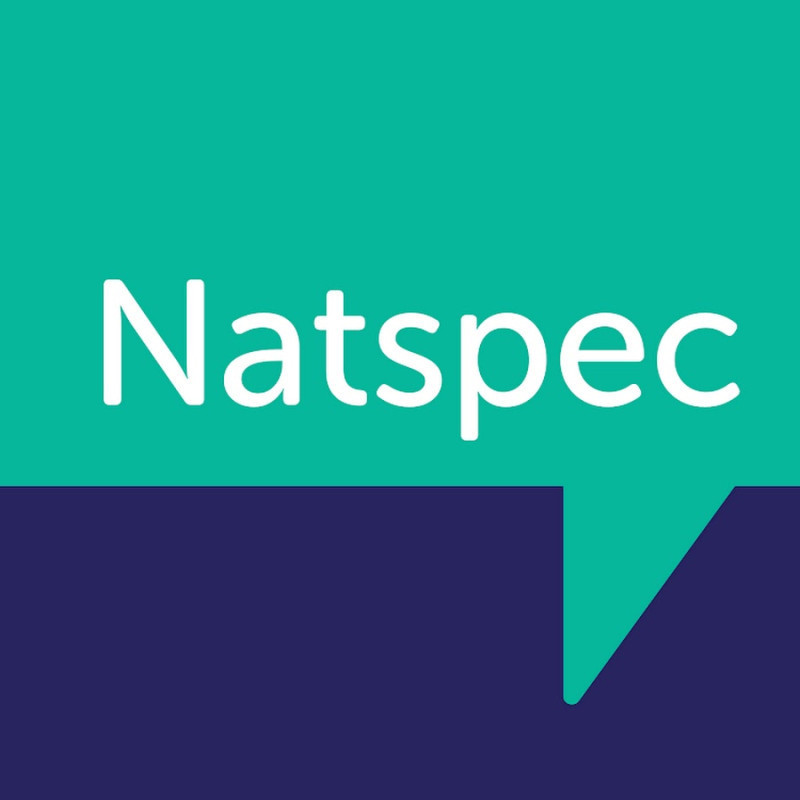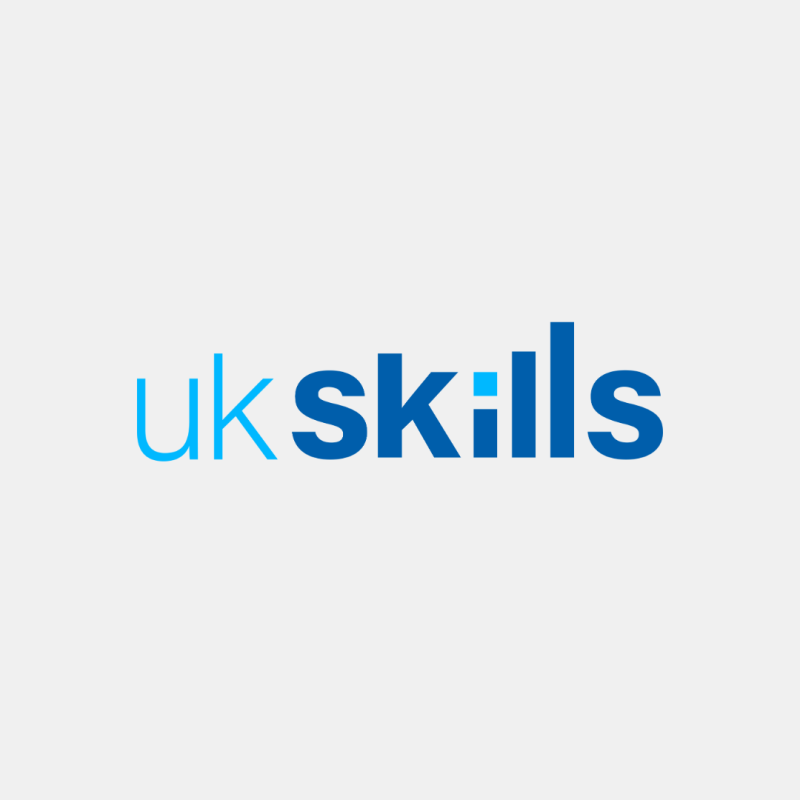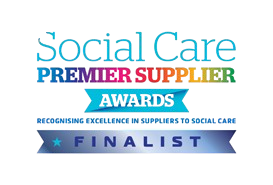Overview
Headquarters: London, United Kingdom
Categories: Care and Nursing Home Management (Non-Clinical Operations)
Core Product: CarePoint365 (cloud-based, AI-powered integrated care management platform)
Introduction
CarePoint365 is a next-generation, AI-powered care management platform designed to unify and streamline the non-clinical operations of care providers. Built on the Microsoft Power Platform, CarePoint365 integrates HR, rostering, CRM, facilities management, and care planning into a single, adaptable solution.
Unlike many legacy systems that require providers to juggle multiple disconnected tools, CarePoint365 offers a fully integrated ecosystem with one central data layer. This eliminates duplication, reduces errors, and ensures that every team member — from carers to managers — has access to the same real-time information.
The platform’s mission is to eradicate disjointed systems in care and empower providers to deliver exceptional services through better tools, insights, workflows, and automation. By embedding artificial intelligence (AI) into its modules, CarePoint365 enables staff to ask natural-language questions, generate insights instantly, and automate repetitive tasks.
CarePoint365 is particularly well-suited to care homes, nursing homes, and supported living providers seeking to modernise their operations, improve compliance, and gain a competitive edge in a challenging sector.
User Feedback: Strengths and Weaknesses
Publicly available feedback for CarePoint365 comes from case studies, testimonials, and industry partner listings (e.g., National Care Forum). While the platform is relatively new compared to some competitors, early adopters report strong satisfaction.
Positive Feedback
Ease of use and adoption
Users highlight CarePoint365’s intuitive design, noting that staff can quickly adapt to the system. The familiar Microsoft interface reduces training time, as many staff are already comfortable with Office 365 and Teams.
Integration and centralisation
Providers value the way CarePoint365 eliminates duplication. For example, once a new resident is onboarded via the CRM module, their details automatically flow into care planning, rostering, and billing — no re-keying required.
AI-powered insights
Managers praise the AI features, which allow them to ask questions like “Which staff are due for training renewals this month?” or “What is our occupancy trend over the last quarter?” without needing to run complex reports.
Customisation and flexibility
CarePoint365 is designed to mirror each provider’s processes rather than forcing them into rigid templates. Users appreciate the ability to configure workflows, forms, and dashboards to match their unique approach.
Operational efficiency
Testimonials report significant time savings in rostering, payroll preparation, and compliance reporting. One provider noted that payroll preparation time was cut by 70%, while another reported faster enquiry-to-admission conversion thanks to the CRM module.
Facilities management
The property maintenance module is praised for helping providers stay on top of repairs, compliance checks, and planned preventative maintenance. Managers highlight the ability to evidence compliance and track spend in real time.
Support and partnership
Customers describe CarePoint365 as collaborative, with a willingness to adapt the platform based on feedback. The company’s consultative approach to onboarding is also valued.
Negative Feedback and Caveats
Relative newness
Compared to long-established competitors, CarePoint365 has fewer independent reviews and case studies. Some buyers note the importance of piloting the system before full rollout.
Complexity of configuration
While flexibility is a strength, some users report that configuring workflows and dashboards requires careful planning. Providers may need dedicated time and support during setup.
Integration scope
Although CarePoint365 integrates seamlessly with Microsoft tools and PowerBI, details on interoperability with third-party clinical systems (e.g., eMAR, GP Connect) are less extensively documented.
Pricing transparency
CarePoint365 does not publish standard pricing, instead offering tailored quotes. Some buyers find this makes cost comparisons more difficult.
Learning curve for advanced features
While the basics are intuitive, advanced AI queries and PowerBI analytics may require additional training for managers unfamiliar with data tools.
In summary, user sentiment is strongly positive around usability, integration, and AI-powered insights. The main caveats lie in relative newness, configuration complexity, and confirming integration scope.
Products and Capabilities
CarePoint365 (Cloud SaaS Platform)
CarePoint365’s modular platform covers the full spectrum of non-clinical care operations. Key modules include:
HR Management
Staff records, contracts, and compliance tracking
Absence management and performance reviews
Integration with payroll and rostering
Employee self-service for leave requests and availability
Rostering and Time & Attendance
Smart rostering based on care needs, budgets, and staff availability
Handles unplanned leave and shift swaps automatically
Mobile clock-in/out with GPS or tablet-based attendance
Automatic timesheet preparation and payroll integration
CRM and Enquiry Management
Tracks enquiries, referrals, and funding sources
Automates follow-ups to improve conversion rates
Mirrors onboarding processes, passing data seamlessly into care planning
Tracks client finance and funding for invoicing and billing
Care Planning
Customisable care plans that mirror provider workflows
Automatic updates and coordination across teams
Integration with HR and rostering to ensure staff skills match care needs
Facilities and Property Maintenance
Tracks repairs and maintenance requests
Alerts for planned preventative maintenance
Compliance evidence and job completion tracking
Budget and spend monitoring
AI and Analytics
Built-in AI allows natural-language queries
Fully integrated with PowerBI for advanced reporting
Real-time dashboards across HR, rostering, CRM, and facilities
Eliminates the need for complex data warehousing
Interoperability and Standards
CarePoint365 is built on the Microsoft Power Platform, ensuring seamless integration with:
Microsoft 365 (Outlook, Teams, SharePoint)
PowerBI for analytics and reporting
Azure for security and hosting
The platform complies with GDPR and UK data protection standards, with enterprise-grade security inherited from Microsoft’s infrastructure.
While interoperability with Microsoft tools is strong, providers should confirm integration with third-party clinical systems during procurement.
Market Position
CarePoint365 operates primarily in the UK, serving care homes, nursing homes, and supported living providers. It differentiates itself through:
AI-powered insights: Natural-language queries and predictive analytics.
Microsoft ecosystem integration: Familiar interface and seamless links with Office 365 and PowerBI.
Comprehensive coverage: HR, rostering, CRM, care planning, and facilities in one platform.
Customisation: Configurable workflows that mirror provider processes.
Future-proofing: Built on Microsoft’s secure, scalable infrastructure.
Competitors include CoolCare, CareHQ, and CareBlox. CarePoint365 positions itself as the modern, AI-driven alternative, particularly attractive to providers already invested in Microsoft technologies.
Implementation and Support
CarePoint365 emphasises a consultative onboarding process. The company works closely with providers to configure workflows, dashboards, and integrations.
Training is provided for staff at all levels, with particular focus on managers using AI queries and PowerBI analytics. Ongoing support is described as responsive and collaborative, with regular updates based on customer feedback.
Security and Data Protection
CarePoint365 prioritises data security through GDPR compliance and hosting on Microsoft Azure with enterprise-grade security, ensuring sensitive information is managed responsibly and protected within a robust cloud infrastructure. The platform employs encryption and secure access controls to safeguard data in transit and at rest, while audit trails and accountability measures provide transparency and oversight of system activity. In addition, integration with Microsoft security tools enhances threat detection and response, strengthening overall resilience.
During procurement, CarePoint365 encourages providers to request detailed information on its certifications, encryption standards, and hosting arrangements. This openness enables organisations to fully evaluate the platform’s security posture and make informed decisions about its suitability for their care management requirements.
Conclusion
CarePoint365 is a modern, AI-powered care management platform that unifies HR, rostering, CRM, facilities, and care planning into a single, integrated solution. Built on the Microsoft Power Platform, it offers providers a familiar, secure, and scalable environment with advanced analytics and automation.
User feedback consistently highlights ease of use, integration, and AI-powered insights, while challenges include relative newness, configuration complexity, and confirming integration scope.
For care providers seeking a future-proof, Microsoft-integrated platform that eliminates duplication and empowers staff with real-time insights, CarePoint365 represents a credible and innovative option. Its emphasis on AI, customisation, and operational efficiency positions it as a strong contender in the UK care management software market.
References
CarePoint365 Official Website – Care Management Software Tailor-Made for Social Care https://www.carepoint365.co.uk/
National Care Forum – CarePoint365 Partner Overview https://www.nationalcareforum.org.uk/partners/carepoint-365/
